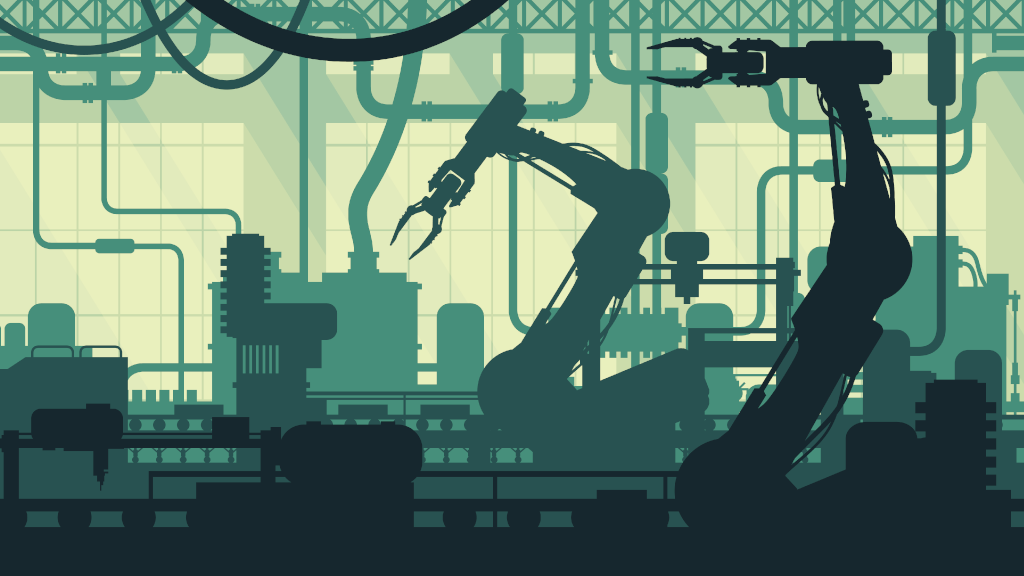Health organizations have dedicated millions toward implementing security tools to thwart cybersecurity threats. Unfortunately, these efforts have been challenged, as firewalls, prevention systems, intrusion detection and email security have proven that executives and employees are among the biggest threats. To prevent this threat to cybersecurity, healthcare providers are urged to implement strong and effective authentication measures to control who access what within a healthcare facility. As a countermeasure to cybersecurity threats by employees and executives, biometric and Smart card readers have proven effective.
Biometric Readers
With the implementation of electronic health records, there has been positive feedbacks regarding the effectiveness of healthcare organizations and quality patient care. As more hospitals and medical centres migrate to these electronic systems, there are increasing concerns about data integrity management, prevention of information from unauthorised access and corruption.
As these electronic health record systems proliferate, they become increasingly vulnerable, susceptible to cybersecurity threats. Preventing corruption within the system is a life and death situation; hence, these healthcare organizations should proceed with care. This ensures that the appropriate care is given to the right patient, and medical records are current and connected across the network.
To address this issue, healthcare organizations need to integrate biometric readers into their systems. This reinforces the security of medical records without deferring workflow. Implementing biometric readers within your healthcare system can be used for the following security purposes:
- Absolute privacy of patient information
- User authentication
- Secure storage and retrieval of data
- PKI (Public Key Infrastructure) Management
Through a biometric system, operational efficiencies prevail, as a patient’s identification is tied to their appropriate treatments and medical records. In addition, this system has achieved what many medical agencies pined for – a universal patient ID number – which possesses the capacity to connect patients to a unique number linked to biometrics. Overall, medical computers with biometric readers provide tremendous results in accuracy, specifically for identifying staff and patients.
CAC /Smart Card Readers
The healthcare industry is awash with smart cards. Smart cards are similar in appearance to credit cards, but the security within the card is just so much more. With a microprocessor embedded within the card, the host computer and smart card reader actually communicates with the microprocessor. The processor then executes or enforces whatever command is given when used. When complemented by a smart card reader, this can be used as a powerful means of authentication. When implemented within hospitals, smart cards strengthen the hospital’s security, providing so many benefits. Among the many benefits include:
- Irrefutable patient identification across the board, including organization and geographic boundaries.
- Counters the provision of providing duplicated ID cards
- Capacity to locate where a patient’s ID has been used.
- Provides a secure means by which patient health information can be accessed
- Provides confirmation of a patient’s medical insurance.
- Provides risk mitigation in countering identity theft, fraud and even breaches to data.
- Safely stores identifiers for patients and deactivation for lost identifiers.
How Hospitals Benefit when Using Biometrics and CAC Cards with an EMR/EHR System
An EMR system is very important. Securing medical records stored on these systems is tantamount to the continued operation of any healthcare organization. A compromise to this system could spell immense trouble. To secure EMR systems from cybersecurity threats, biometrics and CAC cards have done wonders for healthcare providers in various ways.
- Users of EMR (nurses, physicians, pharmacists etc.) enjoy an easy but powerful login process, without the need to remember difficult passwords.
- Quick and easy access to their patient’s health records. This improves the collective process of gathering information, as it does not need to be collected from the patient’s memory.
- Information is on hand in cases of emergencies to ensure successful results.
- Physicians do not need to distribute a patient’s medical history to another as records are integrated. Importantly, the smart cards are used with an EMR system to prevent or minimize the risk of a patient’s confidential information being leaked or a stolen identity.
- Smart cards reduce the risk of excess medical tests and hospital admissions that aren’t necessary.
These procedures are all important for healthcare providers. Once biometric readers and smart cards are implemented in conjunction with medical PCs and tablets, cybersecurity threats will be significantly reduced, as executives and employees would have received education on security measures and effective authentication measures in various healthcare facilities.
Cybersecurity in the Construction Industry
May 17, 2016
Businesses in the construction industry, just like every other industry, are at an increasingly growing risk of a cyberattack. Even though the number of such attacks is lower in construction compared to other industries…
0 Comments6 Minutes
Is Industrial Cybersecurity Even Possible?
July 23, 2019
Industrial control systems have made life easier for automation and manufacturing, and are a vital component in both the present and future of the industry. Unfortunately, with every new technology or process comes…
0 Comments9 Minutes
Industrial Cybersecurity Beyond the Firewall
May 11, 2021
Given that businesses across nearly all industries have been using computers for several decades now, you would think that Cybersecurity would be a non-issue. It is natural to assume that companies would, by default,…
0 Comments10 Minutes
You Can't
Learn from a Pop-up
But we can deliver knowledge to your inbox!
We dive deep in the industry looking for new trends, technology, news, and updates. We're happy to share them with you.
Knowledge, News, and Industry Updates Right in Your Inbox





